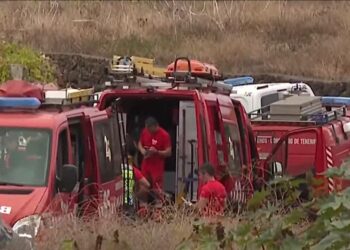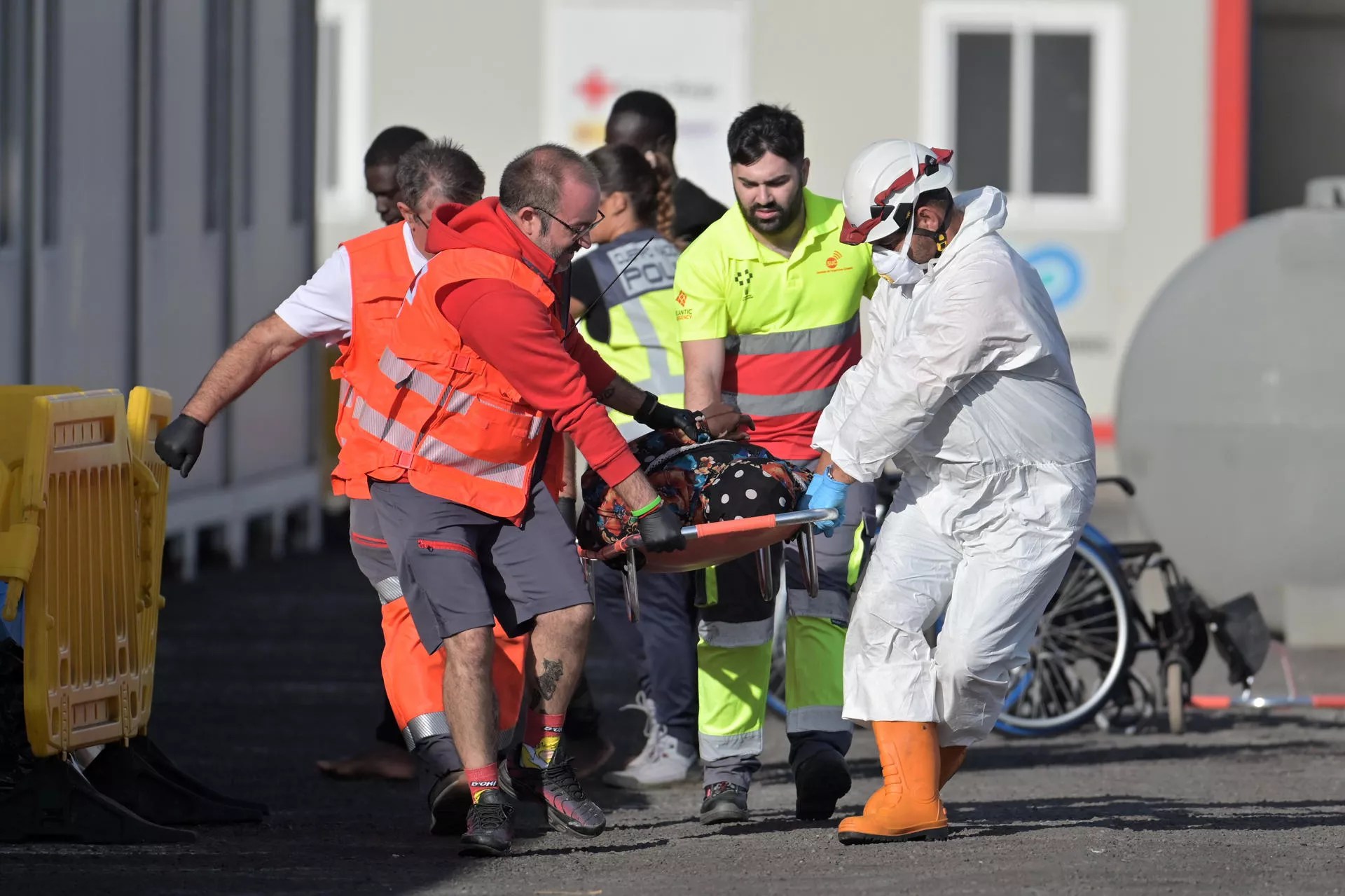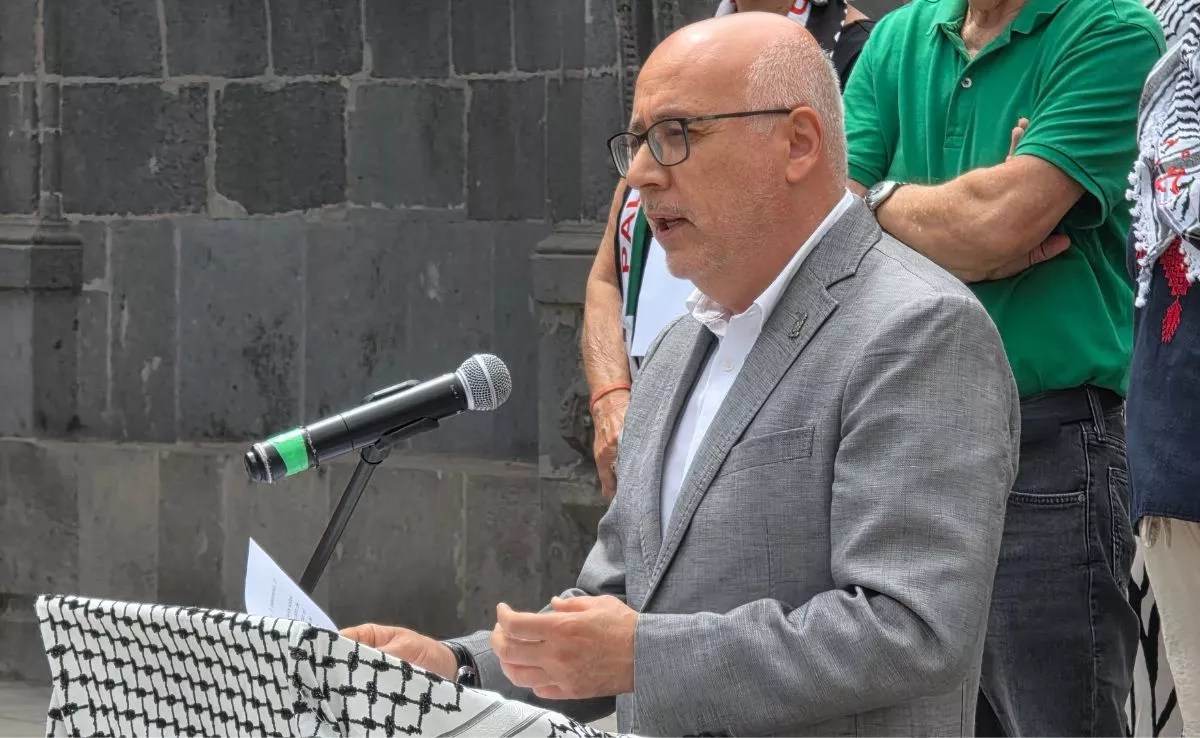The President of the Cabildo de Tenerife, Rosa Dávila, visited yesterday, alongside the Mayor of Granadilla de Abona, José Domingo Regalado, and the Minister of Natural Resources, Blanca Pérez, to inspect the construction of the Wastewater Treatment Station (EDAR) for the lawyers, with its completion expected in November this year.
This initiative, with a budget nearing 40 million euros, is deemed one of the key infrastructures in the municipality’s history, considering both its financial implications and its significant effect on public sanitation services.
During the visit, Dávila highlighted that the WWTP will have the capability to process up to 10,000 cubic metres of wastewater daily, ensuring the provision of treated water for agriculture and green spaces in the Abona region, particularly important given the water emergency declared on the island in May 2024. “This project is crucial to guarantee the hydraulic supply on the island and to enhance the quality of irrigation water for aquifers, wells, and galleries,” Regalado stated.
“Environmental Milestone for Granadilla”
The project includes the connection of the Santa Cruz-Valle San Lorenzo pipeline, as well as the distribution of regenerated water to the San Isidro reservoir. José Domingo Regalado referred to the WWTP as “the environmental milestone of Granadilla de Abona” and suggested that its activation will help reclaim blue flags for the municipal coast, in addition to fostering local agriculture. He also emphasised that this initiative commenced during the previous administration and has backing from the state.
The initiative has been designed to accommodate future important projects, such as the third lane of the Southern Highway and the potential introduction of a train in the region. To enhance the system’s durability, the pipelines have been encased in a special plastic, preventing chemical damage and extending their lifespan.
Furthermore, it was noted that the infrastructure will include a regenerated water pumping station, large diameter pipelines, and control equipment like chlorinators and flow meters. “We not only enhance the treatment capacity but also take a vital step towards a sustainable water model,” Dávila remarked.
















